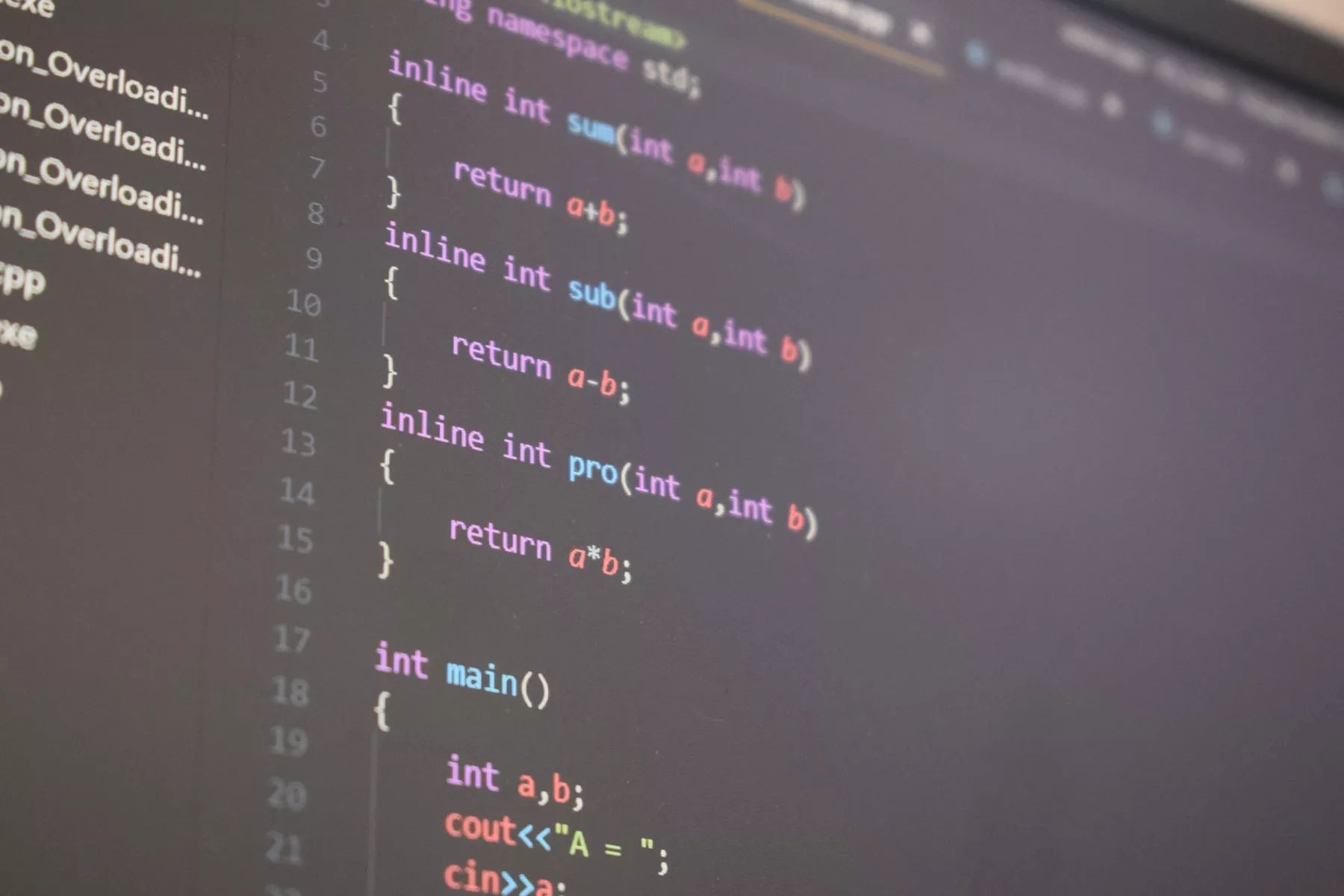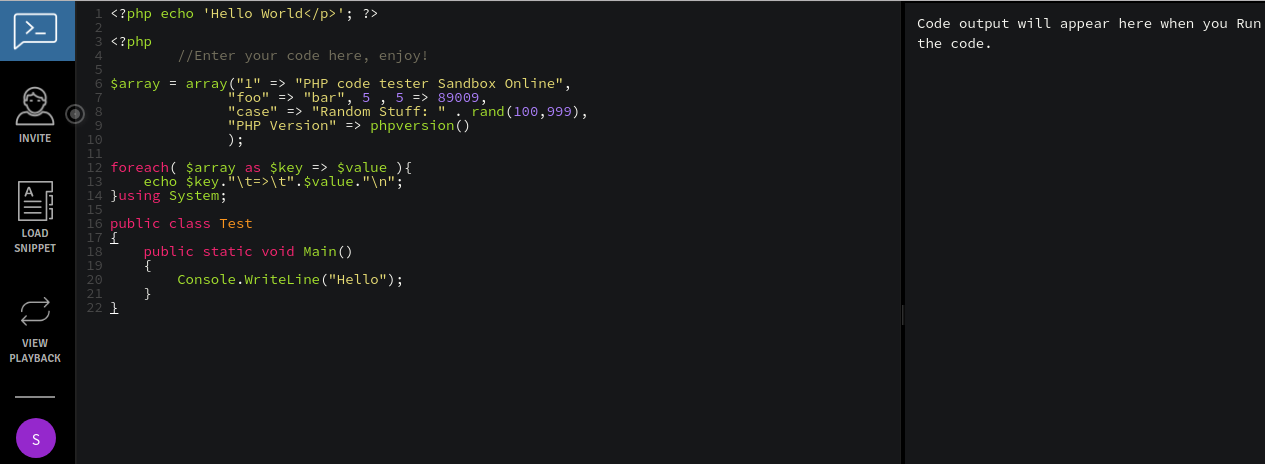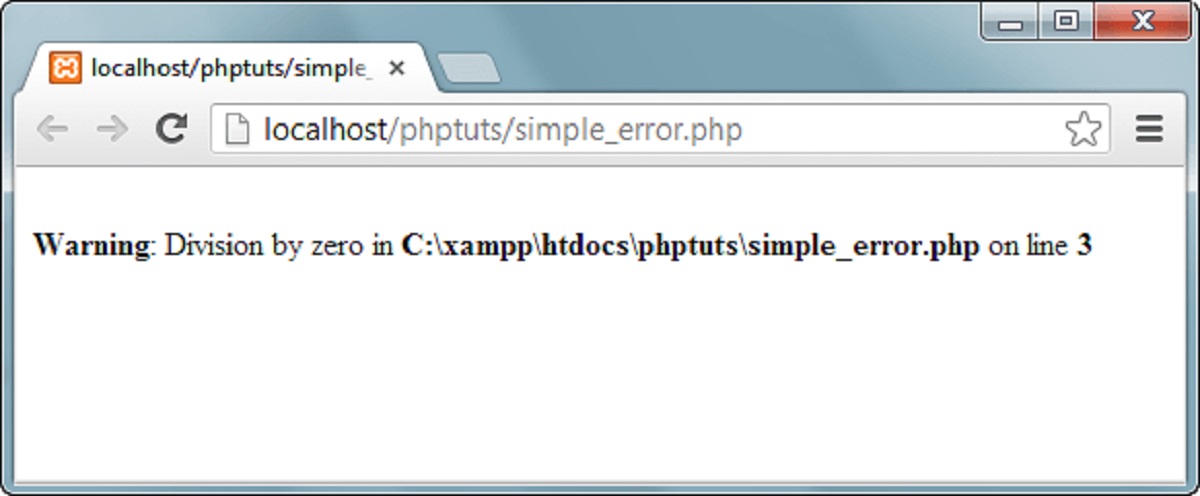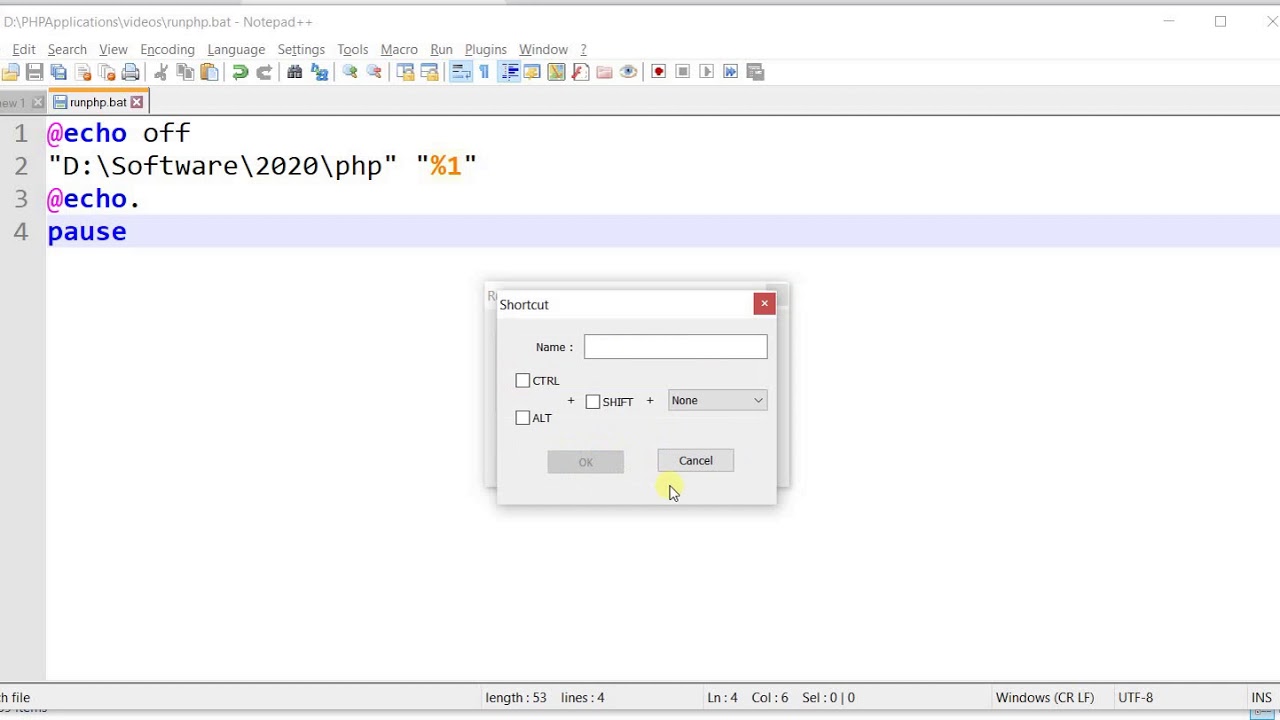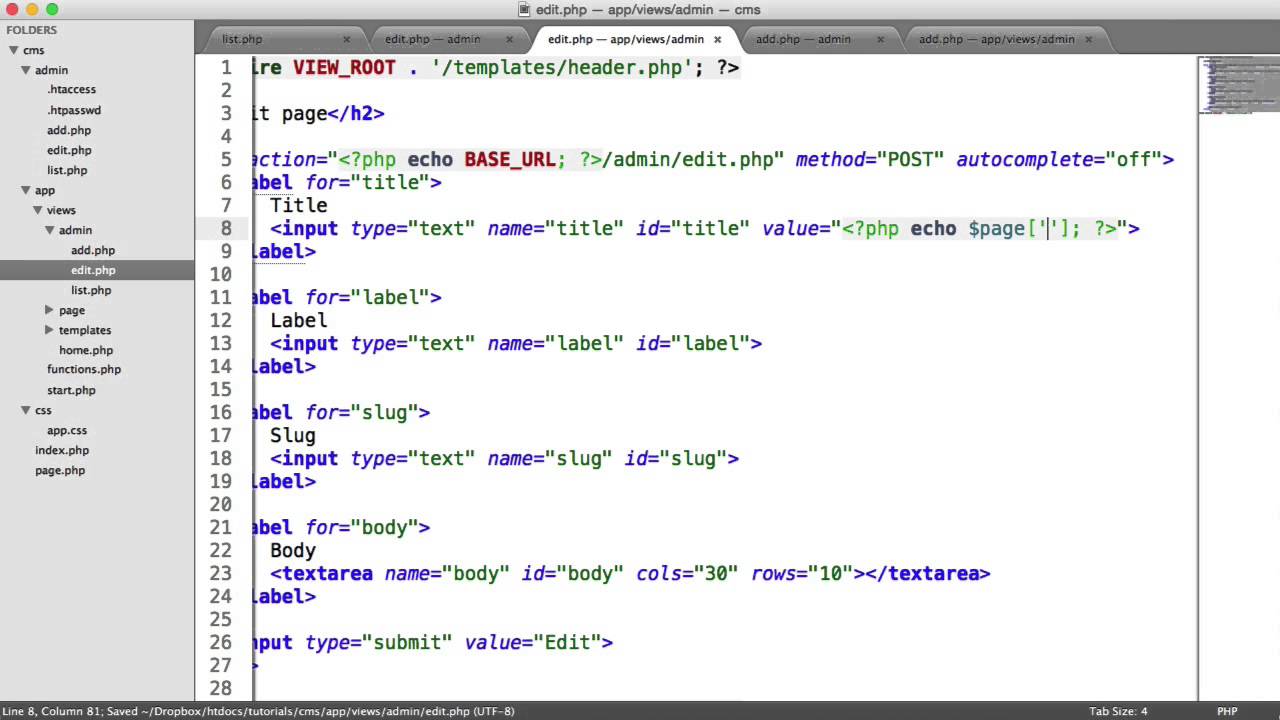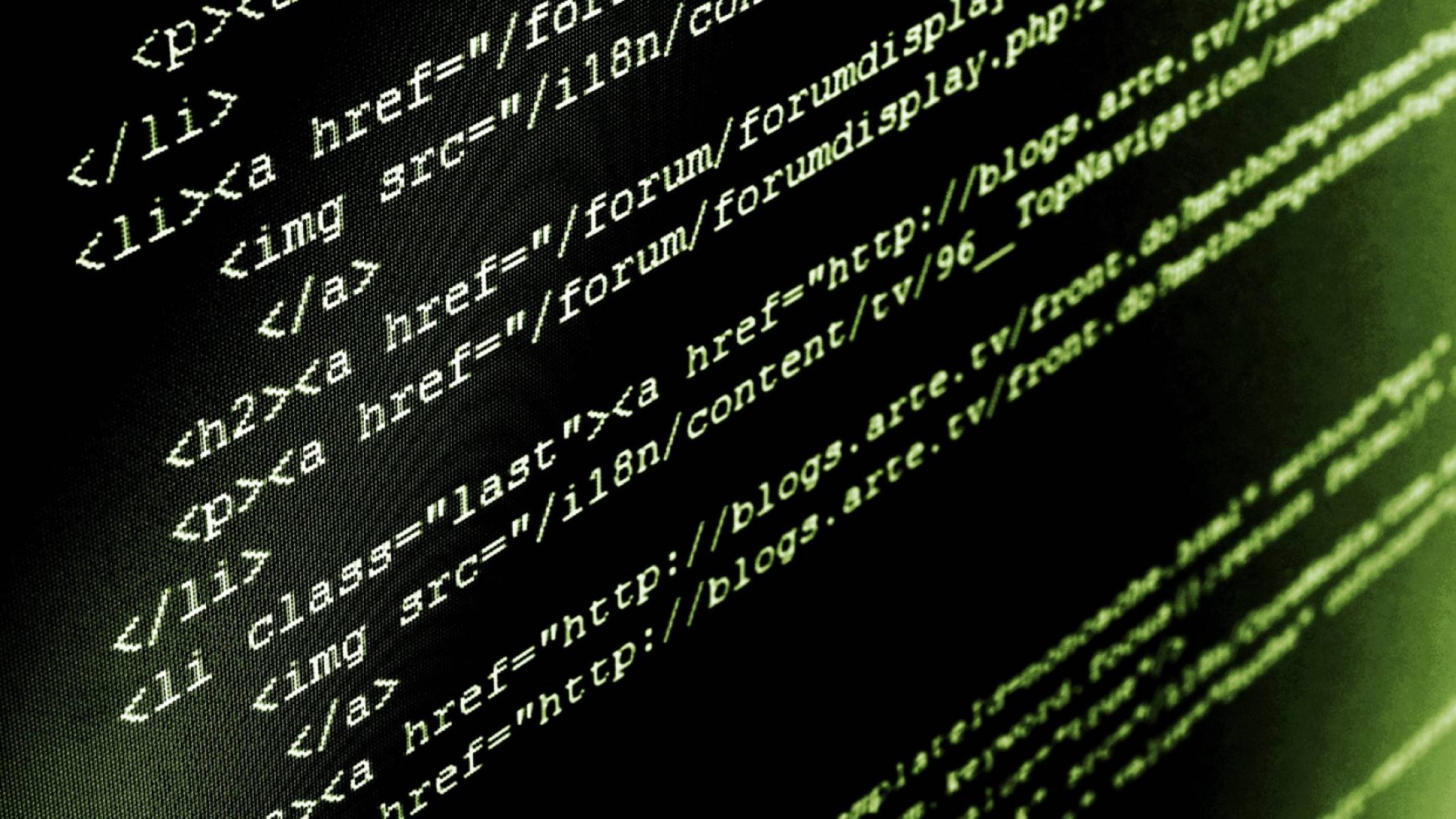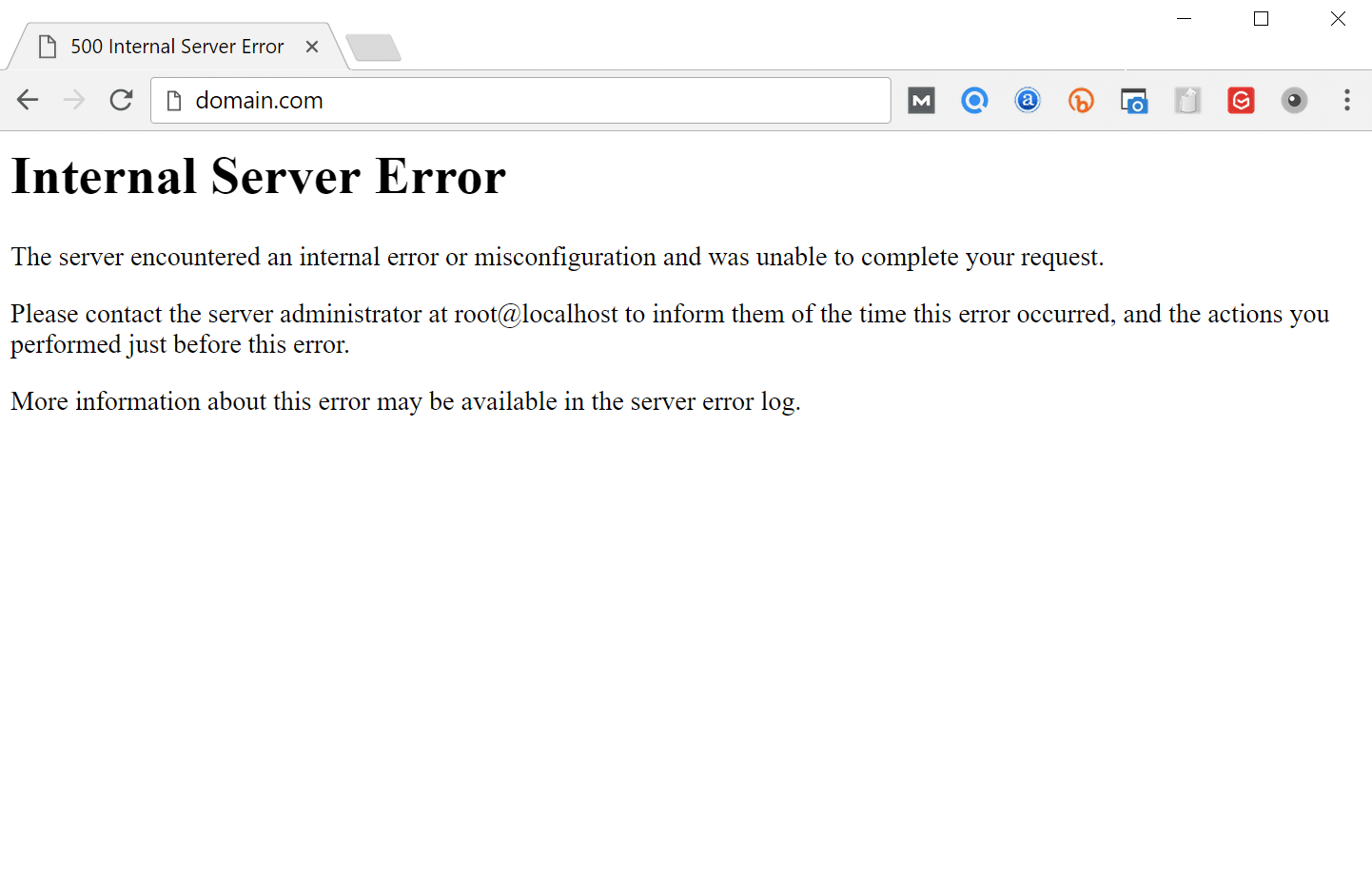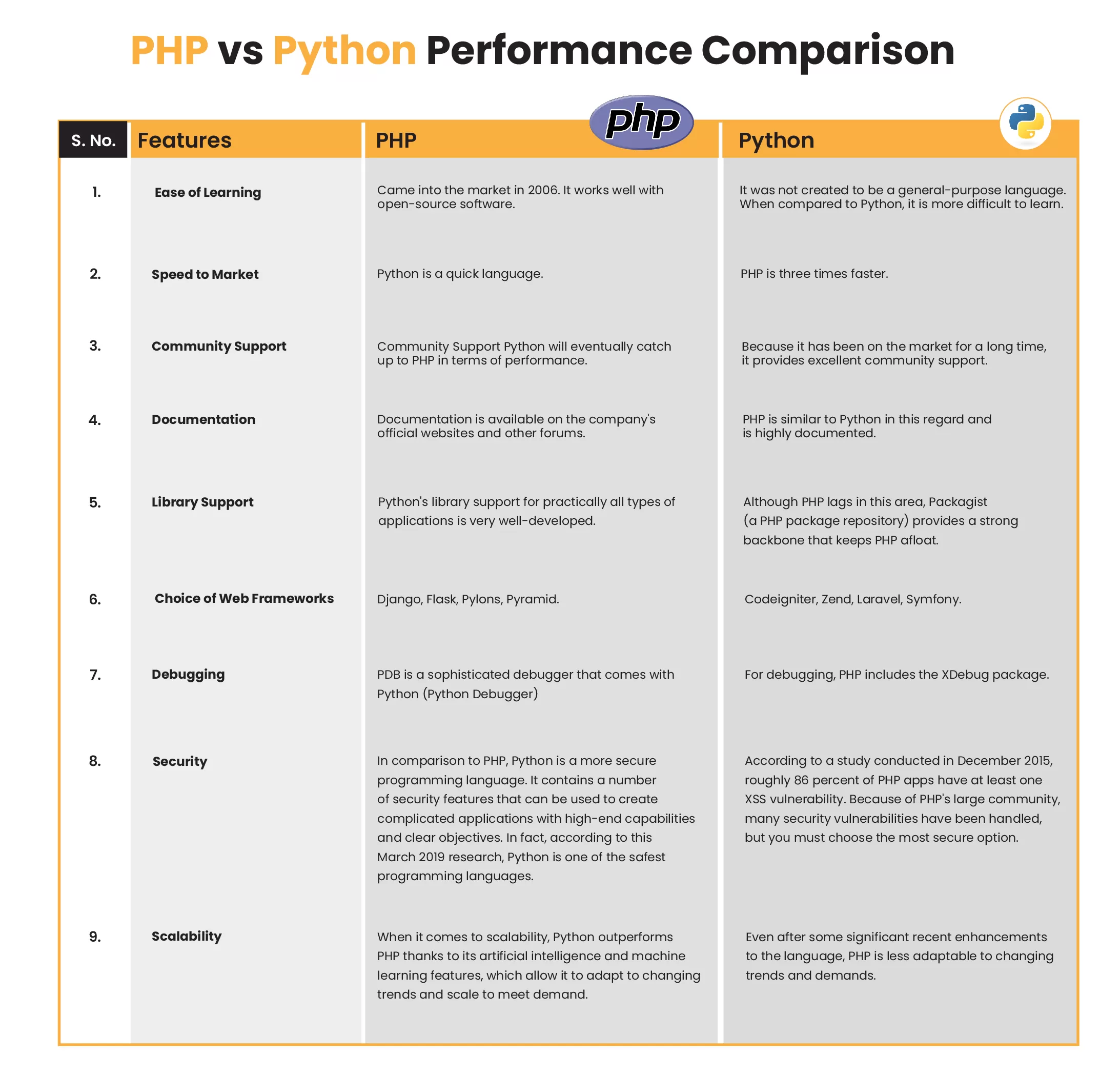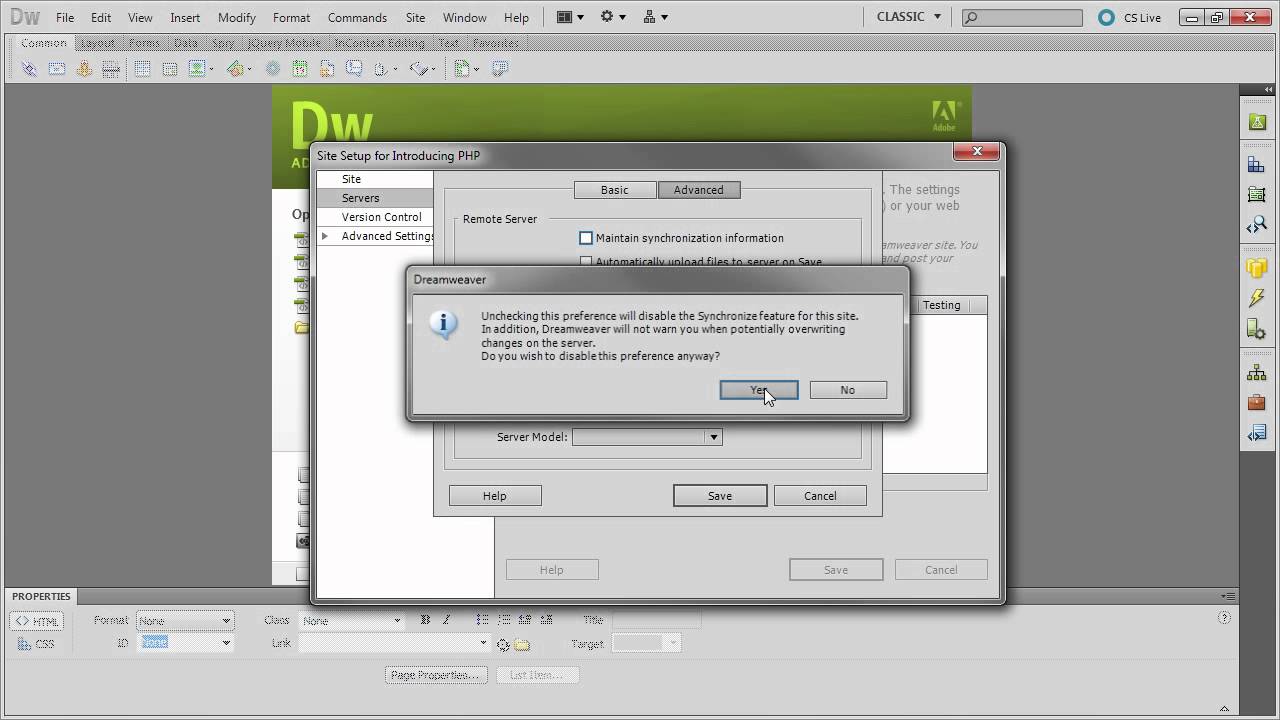Introduction
Coding is the backbone of the digital world, enabling us to create websites, develop applications, and automate tasks. However, writing code is not as simple as typing out instructions. It requires precision, structure, and adherence to a set of rules known as syntax. Understanding syntax and its importance in coding is vital for anyone looking to master programming languages.
Syntax refers to the set of rules and guidelines that dictate how code should be written. It acts as a framework that ensures consistency and clarity in programming languages. Just as grammar provides the structure and rules for language, syntax provides the structure and rules for code. Without proper syntax, code will not execute correctly, resulting in errors or failure.
In coding, each programming language has its own unique syntax. Whether it’s HTML, CSS, JavaScript, Python, or any other language, developers must follow the specific syntax rules associated with that language. Syntax includes elements such as keywords, punctuation, operators, and formatting rules. These elements must be used correctly to create code that can be understood and executed by computers.
The importance of syntax in coding cannot be overstated. Clean and well-structured code with proper syntax is easier to read, understand, and maintain. It improves code readability and reduces the chances of bugs and errors. When code is written with good syntax, it becomes more efficient, reusable, and easier to collaborate on in a team setting.
Mastering syntax also helps developers become more adaptable and versatile. Once you understand the syntax of one programming language, it becomes easier to learn and adapt to other languages. Syntax serves as the foundation upon which developers can build their coding skills and advance in their careers.
However, mastering syntax can be challenging, especially for beginners. Properly written code requires attention to detail and constant practice. It can be frustrating to encounter syntax errors, but they are an inevitable part of the learning process. Understanding common syntax errors and learning how to troubleshoot them is crucial for growth as a coder.
What is Syntax?
Syntax refers to the rules and guidelines that govern the structure and composition of a programming language. It defines how instructions should be written and organized in order for the computer to understand and execute them correctly.
Similar to the grammar rules that dictate the correct formation of sentences and phrases in natural languages, syntax acts as the grammar of programming languages. It provides the framework for writing code by specifying the proper use of keywords, punctuation, operators, and other elements.
Essentially, syntax determines the correct arrangement and order of these elements to create valid and meaningful code. Without proper adherence to syntax rules, the code may not function as intended or produce errors.
For example, in a programming language like Python, the syntax requires that statements end with a colon and indentation is used to define blocks of code. Failing to follow these rules would result in syntax errors and the code would not run properly.
Each programming language has its own unique syntax, with its own set of rules and conventions. HTML, for instance, is a markup language primarily used for creating web pages. Its syntax involves using tags to define elements and the proper placement of opening and closing tags.
Understanding the syntax of a programming language is crucial for writing code that is both readable and effective. It allows programmers to communicate their instructions clearly to the computer and other developers who may read or modify the code.
Moreover, syntax serves as a guide for developers to maintain consistency and standardization in their code. By adhering to the established syntax conventions, code becomes more organized and easier to understand, debug, and maintain.
Overall, syntax forms the foundation of coding, providing the rules and structure necessary for the creation of functional software. It is through a proper understanding and application of syntax that programmers are able to develop robust and efficient software solutions.
Syntax in Coding
Syntax plays a critical role in coding as it determines the correct structure and organization of code. It ensures that instructions are written in a way that can be understood and executed by computers. Syntax acts as the language that bridges the gap between human-readable code and machine-executable code.
In coding, syntax encompasses various elements, including keywords, operators, variables, data types, and control structures. These elements must be used properly and in the correct syntax to create code that is both valid and functional.
One of the primary purposes of syntax is to enforce clarity and readability. By following the established syntax rules of a programming language, code becomes more understandable to both humans and machines. Consistent and well-structured code allows developers to easily comprehend the logic and flow of the program.
Moreover, syntax facilitates the communication between programmers. When team members work on collaborative projects, adhering to a standard syntax promotes consistency across the codebase. It enables developers to understand each other’s code and seamlessly integrate their contributions.
Another important aspect of syntax is its role in error detection and prevention. Writing code that meets the syntax requirements minimizes the chances of introducing bugs and logical errors. Syntax-aware code editors and compilers can detect syntax errors, alerting developers to potential problems before the code is executed.
Furthermore, adhering to syntax guidelines enhances the efficiency and maintainability of code. Following a consistent coding style, such as proper indentation and naming conventions, makes it easier to identify and fix issues in the code. It also helps with future modifications and updates, as the codebase remains organized and coherent.
Lastly, syntax serves as a platform for creativity and innovation. Once developers have a solid grasp of the syntax of a programming language, they can harness their creativity to write elegant and efficient code. Syntax then becomes a tool for programmers to express their ideas and solve complex problems.
In summary, syntax is the backbone of coding. It ensures that code is written in a proper and consistent manner, allowing for clarity, accuracy, and maintainability. By understanding and adhering to the syntax rules of a programming language, developers can harness the full potential of their coding skills and create high-quality software solutions.
Importance of Syntax in Coding
Syntax is of utmost importance in coding as it directly affects the functionality, readability, and maintainability of code. The proper understanding and adherence to syntax rules play a crucial role in achieving successful software development. Here are several reasons why syntax is essential in coding:
1. Code Execution: Syntax determines how code is interpreted and executed by the computer. Writing code that follows the correct syntax is necessary for the computer to understand and execute instructions accurately. Improper syntax can lead to runtime errors, bugs, and even program crashes.
2. Readability and Comprehension: Following a standard syntax helps make code more readable and comprehensible. Consistent indentation, clear variable and function naming, and logical structure enable developers to understand the code’s purpose and flow easily. Readable code is crucial for collaboration and the ease of maintenance.
3. Debugging and Troubleshooting: Syntax-aware tools and compilers can quickly identify and pinpoint syntax errors. Correcting these errors early in the development process minimizes the time spent on debugging and improves the overall efficiency of software development.
4. Scalability and Maintenance: Code that adheres to established syntax standards is more scalable and maintainable. When future modifications or updates are required, well-structured code avoids confusion and reduces the chances of introducing new bugs. It allows developers to easily navigate through the codebase and make necessary changes without compromising the overall functionality.
5. Collaboration and Industry Standards: Following syntax rules ensures that code is compatible with industry standards and conventions. This is especially crucial when working on team projects or contributing to open-source software. Consistent syntax facilitates collaboration, code reviews, and easy integration of contributions from different developers.
6. Learning and Building Transferable Skills: Mastering syntax in one programming language lays the foundation for learning other languages. Understanding the core principles of syntax allows developers to adapt quickly to new languages, frameworks, and technologies. This enables personal and professional growth by expanding the range of projects developers can undertake.
Therefore, a strong understanding of syntax is essential for programmers to write clean, error-free, and efficient code. It enhances code readability, facilitates collaboration, simplifies debugging, and ensures that software development projects are successful and maintainable over time.
Common Syntax Errors
As programmers, we often encounter syntax errors while writing code. These errors occur when the code violates the rules and structure defined by the programming language’s syntax. Even experienced developers make syntax mistakes from time to time. Here are some common syntax errors:
- Missing or Mismatched Parentheses: Forgetting to close a parenthesis or mismatching opening and closing parentheses can cause syntax errors. This commonly occurs when writing function calls or expressions.
- Unclosed Quotation Marks: Neglecting to close quotation marks can lead to syntax errors, especially in languages where strings are denoted by quotes. Ensure that all opening quotes have corresponding closing quotes.
- Missing or Inconsistent Braces or Brackets: Various programming languages use braces or brackets to define blocks of code. Forgetting to include them or using them inconsistently can result in syntax errors. Make sure to properly pair opening and closing braces or brackets.
- Misspelled Keywords or Functions: Misspelling keywords, function names, or variable names can lead to syntax errors. It is essential to accurately spell all elements of the code according to the language’s syntax rules.
- Incorrect Indentation: Some programming languages rely on indentation to define code blocks. Failing to indent properly or using inconsistent indentation can result in syntax errors. Ensure that indentation follows the correct syntax rules for the chosen programming language.
- Missing or Misplaced Semicolons: Many programming languages use semicolons to separate statements. Forgetting to include a semicolon at the end of a statement or placing it in the wrong location can cause syntax errors.
- Improper Use of Operators: Incorrectly using operators, such as assignment operators or comparison operators, can lead to syntax errors. Pay close attention to the syntax rules for operators and use them correctly in expressions.
These are just a few examples of common syntax errors. It’s important to carefully review and debug code for syntax errors, as they can prevent successful execution of the program or cause unexpected behavior.
Fortunately, syntax errors can often be easily identified and fixed. Most Integrated Development Environments (IDEs) and code editors include features that highlight syntax errors, guiding developers towards resolution. Additionally, referring to language-specific documentation and resources can help in understanding and resolving syntax errors.
By being aware of these common syntax errors and double-checking the code for mistakes, programmers can minimize the occurrence of syntax errors and write cleaner, error-free code.
Tips for Writing Clean Syntax
Writing clean syntax is crucial for creating code that is not only functional but also readable and maintainable. Here are some helpful tips to ensure clean syntax in your programming projects:
- Follow Consistent Indentation: Use proper indentation to visually organize your code. Consistent indentation helps in identifying code blocks and improves readability. Choose a standard indentation style and stick to it throughout your code.
- Use Descriptive Naming Conventions: Use meaningful names for variables, functions, and classes. Descriptive names make the code more self-explanatory and reduce the need for comments. Avoid single-letter or cryptic variable names that are hard to understand.
- Comment Your Code: Use comments to explain complex portions of your code or provide context where necessary. Well-placed comments make the code more understandable for yourself and other developers who may review or work on the code in the future.
- Consistent Formatting: Stick to a consistent code formatting style. This includes aspects such as spacing, line breaks, and the placement of braces and parentheses. Consistent formatting improves code readability and makes it easier to scan and understand.
- Avoid Code Duplication: Duplicate code can be a maintenance nightmare. Instead, practice DRY (Don’t Repeat Yourself) coding principles. Look for opportunities to refactor and reuse code where appropriate, using functions, classes, or modules.
- Keep Lines Short and Concise: Long lines of code can be difficult to read. Aim for shorter lines by breaking them up or rephrasing them if possible. This improves code readability and reduces the chances of syntax errors or misunderstandings.
- Test and Debug: Regularly test your code and debug any syntax errors. Make use of debugging tools and test cases to identify and resolve issues. Don’t be afraid to step through your code line by line to catch and fix syntax errors promptly.
- Keep Learning: Continuously learn and stay updated about the syntax rules and best practices of the programming languages you work with. This will help you write cleaner and more efficient code over time.
- Read and Follow Language Documentation: Refer to the official documentation of your programming language. It provides insights into the correct syntax usage and recommended coding practices. Following the guidelines mentioned in the documentation helps maintain standardization and clarity in your code.
By following these tips, you can write code with clean syntax that is easier to read, debug, and maintain. Clean syntax promotes collaboration among team members and reduces the likelihood of introducing errors in your codebase.
Conclusion
Syntax is an essential aspect of coding, serving as the foundation for writing valid and functional code in programming languages. It provides the rules and structure that govern how code should be written and organized. Adhering to proper syntax ensures code execution, readability, maintainability, and collaboration among developers.
Understanding the syntax requirements of a programming language is crucial for writing clean and error-free code. It allows for clear communication between developers and ensures that instructions are accurately interpreted by the computer. By following syntax guidelines, code becomes more readable, making it easier to troubleshoot, debug, and modify in the future.
Common syntax errors such as missing parentheses, unclosed quotation marks, and misused operators can easily derail the functionality of code. However, with careful attention to detail and practice, programmers can minimize these errors and write code that adheres to syntax rules.
By adopting best practices like using consistent indentation, employing meaningful naming conventions, commenting code, and avoiding duplication, developers can create code that is not only functional but also easy to understand and maintain. Additionally, continuous learning and staying updated with language documentation are key to staying on top of syntax trends and improvements.
In summary, by mastering syntax, programmers can become more efficient, produce cleaner code, and create software solutions that are reliable and scalable. Embracing proper syntax practices allows the code to communicate effectively with computers, other developers, and future versions of oneself. It is an essential skill that empowers programmers to excel in the ever-evolving world of coding.







